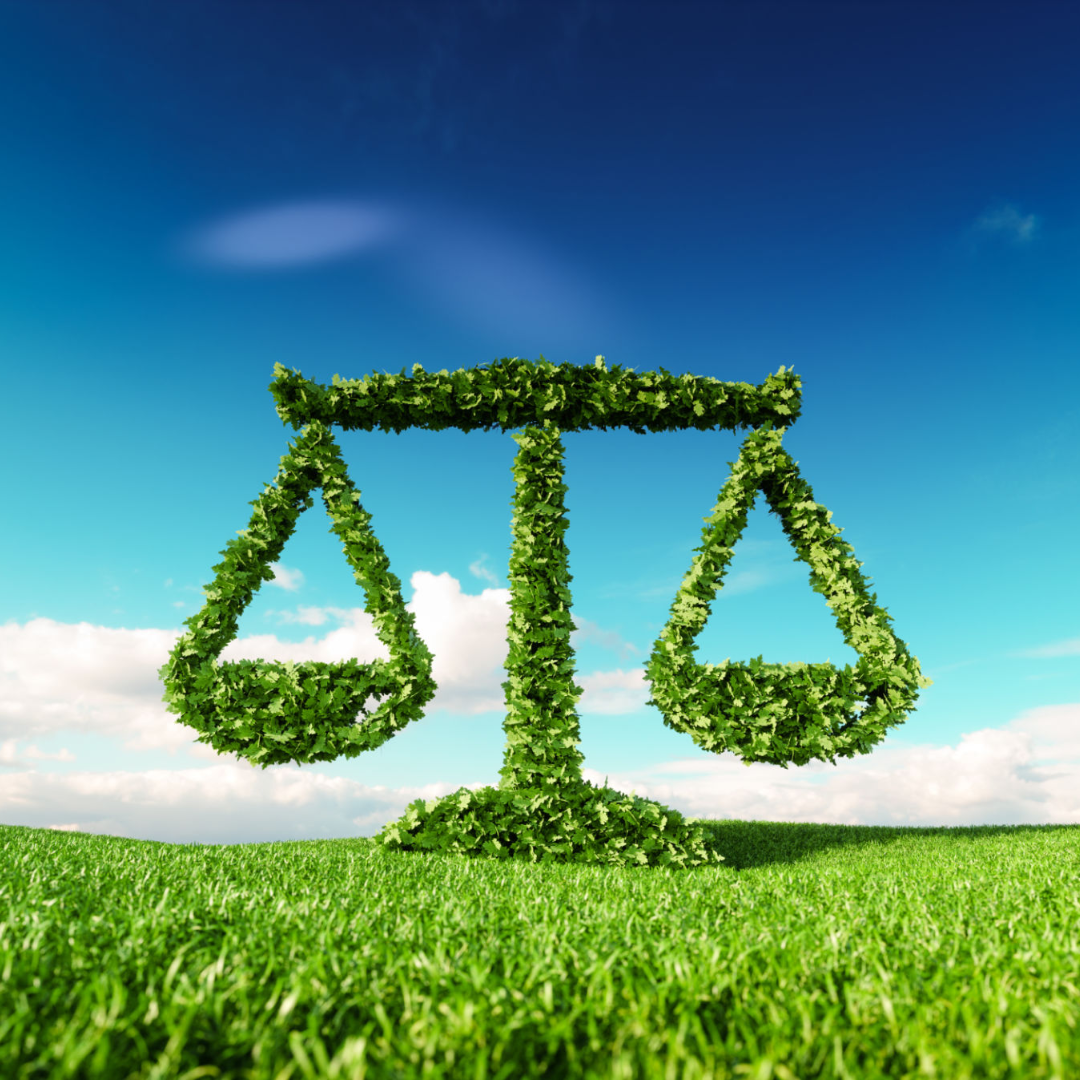
In recent decades, the pursuit of economic growth has been a central objective for nations worldwide. Governments and policymakers have implemented various strategies to foster economic development and improve the living standards of their citizens. However, the relentless pursuit of economic growth often raises concerns about its potential impact on environmental sustainability. This article aims to explore the complex relationship between economic growth and environmental sustainability, examining both the positive and negative effects, and providing examples supported by relevant statistics.
Positive Effects: The Green Growth Paradigm
Contrary to the popular belief that economic growth is always detrimental to the environment, evidence suggests that it can also foster environmental sustainability through the concept of “green growth.” Green growth refers to an economic model that promotes sustainable development, where economic progress goes hand in hand with the preservation and enhancement of the environment. Several examples highlight the positive impact of economic growth on environmental sustainability:
Renewable Energy Expansion:
Economic growth can drive the adoption of renewable energy sources, such as solar, wind, and hydroelectric power. The declining costs of renewable technologies and increased investments have been instrumental in promoting their widespread deployment. For instance, between 2008 and 2018, global installed solar photovoltaic capacity increased by a staggering 3,000%, reaching 505 gigawatts (GW) (IRENA, 2019). This transition towards renewable energy not only reduces greenhouse gas emissions but also decreases dependence on fossil fuels, mitigating environmental degradation.
Technological Advancements:
Economic growth encourages investments in research and development, leading to technological advancements that can positively impact the environment. For example, the automotive industry has witnessed remarkable progress in electric vehicles (EVs). In 2020 alone, global EV sales increased by 43%, despite the challenges posed by the COVID-19 pandemic (IEA, 2021). This growth in EV adoption contributes to reduced air pollution and carbon emissions, thus improving air quality and mitigating climate change.
Negative Effects: Environmental Trade-Offs
While economic growth can foster positive environmental outcomes, it is crucial to acknowledge the potential negative effects that may arise. Rapid industrialization and unrestricted resource consumption can lead to environmental degradation and undermine the long-term sustainability of ecosystems. The following examples illustrate some of the negative impacts associated with economic growth:
Deforestation and Habitat Loss:
As economies expand, there is often an increased demand for natural resources, leading to deforestation and habitat loss. According to the Food and Agriculture Organization (FAO), approximately 10 million hectares of forest are lost annually, accounting for 12-20% of global greenhouse gas emissions (FAO, 2020). Deforestation disrupts ecosystems, accelerates climate change, and threatens biodiversity, compromising the sustainability of our planet.
Pollution and Waste Generation:
Industrial growth and urbanization can result in increased pollution and waste generation. In many developing countries, rapid economic growth has led to deteriorating air and water quality due to the discharge of untreated industrial effluents and improper waste management. For example, according to the World Health Organization (WHO), approximately 91% of the global population lives in places where air quality exceeds the recommended limits (WHO, 2021). Such pollution contributes to various health issues and ecosystem damage.
Striking a Balance: Policy Interventions
To ensure a sustainable future, policymakers and stakeholders must strike a balance between economic growth and environmental sustainability. Several policy interventions can be employed to mitigate the negative impacts and promote sustainable practices:
Environmental Regulations:
Implementing stringent environmental regulations and standards can incentivize industries to adopt cleaner technologies and practices. These regulations may include emission limits, waste management protocols, and environmental impact assessments to ensure responsible and sustainable growth.
Sustainable Resource Management:
Promoting sustainable resource management practices, such as sustainable agriculture, forestry, and fisheries, can help mitigate the negative impacts of economic growth. This approach focuses on preserving natural resources and ecosystems while meeting the growing demands for food, timber, and other resources.
The relationship between economic growth and environmental sustainability is complex and multifaceted. While economic growth can bring about positive changes through the adoption of renewable energy and technological advancements, it can also result in negative environmental trade-offs such as deforestation and pollution. Achieving a balance between economic growth and environmental sustainability requires the implementation of robust policies and practices that prioritize responsible resource management and the preservation of ecosystems.
References:
International Renewable Energy Agency (IRENA). (2019). Renewable Capacity Statistics 2019. Retrieved from https://www.irena.org/-/media/Files/IRENA/Agency/Publication/2019/Mar/IRENA_RE_Capacity_Statistics_2019.pdf
International Energy Agency (IEA). (2021). Global EV Outlook 2021. Retrieved from https://www.iea.org/reports/global-ev-outlook-2021
Food and Agriculture Organization (FAO). (2020). The State of the World’s Forests 2020. Retrieved from http://www.fao.org/3/ca8752en/ca8752en.pdf
World Health Organization (WHO). (2021). Ambient Air Pollution: Health Impacts. Retrieved from https://www.who.int/news-room/q-a-detail/ambient-(outdoor)-air-quality-and-health
Case Study of the Day
We publish a new case study about emerging technologies driving sustainability use cases. Check out today's cases study and take a quick quiz to test your learning.
ESG Intelligence Platform
Check out the industry case studies related to ESG themes and see what the industry is doing to address this issue using technology.
